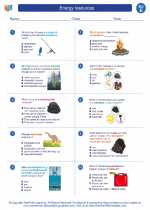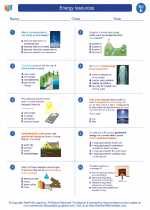Wetlands: A Unique Ecosystem
Wetlands are diverse and dynamic ecosystems that are characterized by the presence of water, either permanently or seasonally. They are found all over the world, from the Arctic to the tropics, and can take the form of marshes, swamps, bogs, and fens. Wetlands play a crucial role in maintaining biodiversity, providing habitat for a wide variety of plants and animals, and serving as important filtration systems for water.
Key Characteristics of Wetlands:
- Hydrology: Wetlands are defined by the presence of water, which can be static or flowing. They may be submerged or have waterlogged soils.
- Soil: Wetland soils are distinct and characterized by their unique chemistry and low oxygen levels due to water saturation.
- Vegetation: Wetlands support a variety of plant species adapted to waterlogged conditions, including cattails, reeds, sedges, and water lilies.
- Biodiversity: Wetlands are home to a wide array of wildlife, including amphibians, birds, insects, and mammals.
- Importance: Wetlands provide a range of ecosystem services, including flood control, water purification, and carbon sequestration.
Types of Wetlands:
There are several different types of wetlands, each with its own unique characteristics:
- Marshes: Found in both freshwater and saltwater environments, marshes are dominated by grasses and reeds and are often teeming with bird life.
- Swamps: These wetlands are dominated by trees and are found in areas with abundant rainfall or near rivers and lakes.
- Bogs: Bogs are characterized by acidic, nutrient-poor conditions and are often home to unique plant species like sphagnum moss and carnivorous plants.
- Fens: Fens are fed by groundwater and have less acidic conditions than bogs, supporting a different suite of plant and animal life.
Threats to Wetlands:
Despite their importance, wetlands are under threat from human activities such as urban development, agriculture, and pollution. Efforts to conserve and restore wetlands are crucial for preserving these valuable ecosystems for future generations.
Study Guide:
As you study wetlands, consider the following questions:
- What are the key characteristics of wetlands, and how do these features support unique plant and animal life?
- What are the different types of wetlands, and how do they differ in terms of hydrology, soil, and vegetation?
- Why are wetlands important for the environment and human society, and what are the threats they face?
- What are some specific examples of wetlands in your region, and what measures are being taken to protect them?
By exploring these questions and delving into the fascinating world of wetlands, you'll gain a deeper understanding of the importance of these ecosystems and the efforts needed to conserve them.
[Wetlands] Related Worksheets and Study Guides:
.◂Science Worksheets and Study Guides Fifth Grade. Energy resources

 Worksheet/Answer key
Worksheet/Answer key
 Worksheet/Answer key
Worksheet/Answer key
 Worksheet/Answer key
Worksheet/Answer key
 Vocabulary/Answer key
Vocabulary/Answer key
 Vocabulary/Answer key
Vocabulary/Answer key
